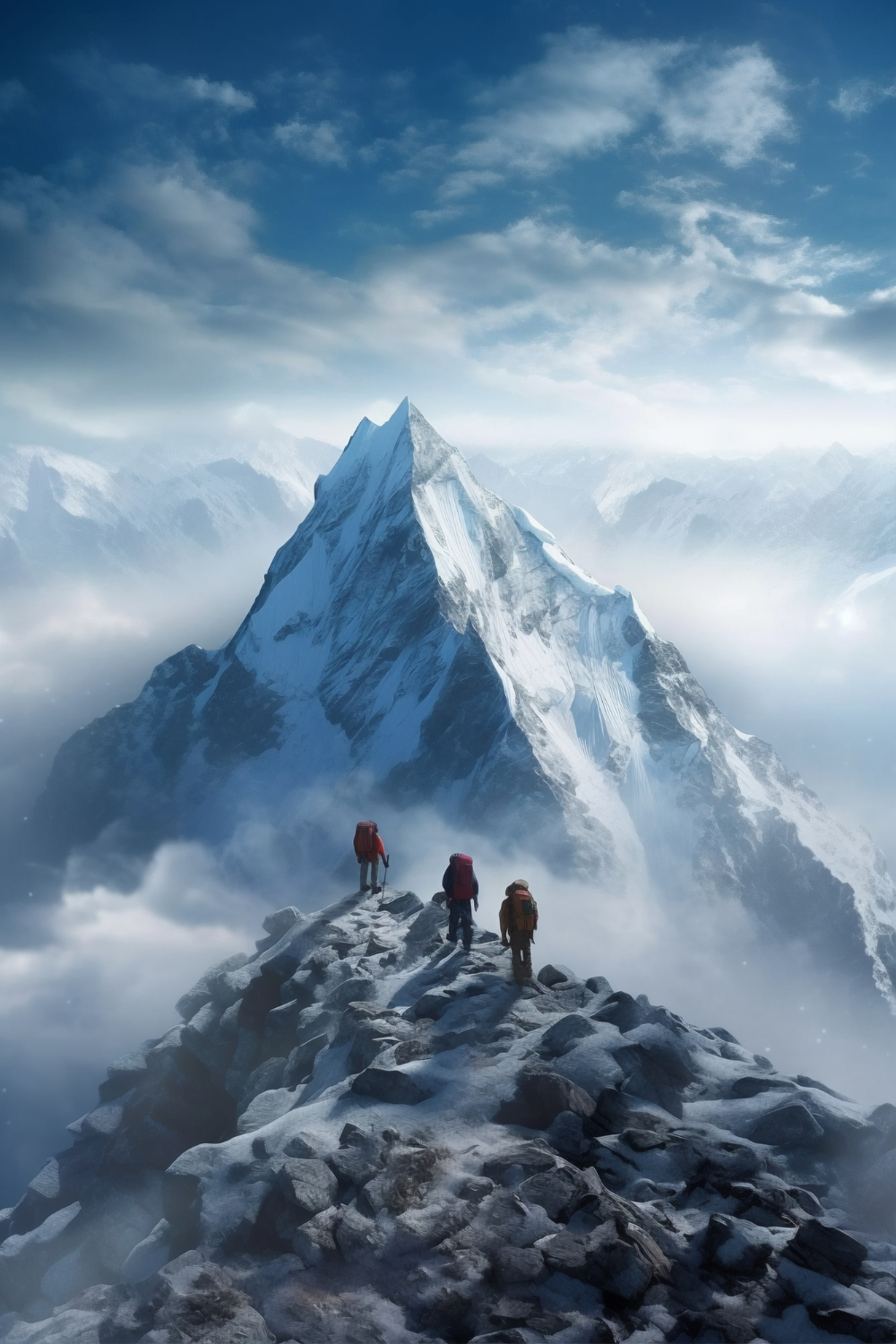The Majesty of Mount Everest: Everything You Need to Know About Climbing the Highest Peak
Standing tall at 8,848 meters (29,029 feet), Mount Everest has captured the imagination of climbers and adventurers for decades. As the highest point on Earth, reaching its summit is considered one of the greatest achievements in mountaineering. However, climbing Everest is no easy feat. Its extreme altitude, treacherous conditions, and technical challenges have earned it a reputation as one of the most dangerous expeditions on the planet.
Location and Geography
Mount Everest straddles the border between Nepal and China, located in the Himalayan mountain range in Central Asia. Specifically, its summit sits on the ridge between South and Northeast Tibet. The mountain was formed by the converging tectonic plates of the Indo-Australian Plate and the Eurasian Plate. Its massive rise above sea level is the result of these plates colliding over millions of years.
There are two main routes to the top – the Southeast Ridge from Nepal and the North Ridge from Tibet, China. Both paths involve establishing camps at increasingly higher altitudes to acclimatize before making summit attempts. Clearing the Khumbu Icefall and traversing the Western Cwm are iconic stages of the South Col route.
The First Ascent
It was on May 29, 1953, when Sir Edmund Hillary of New Zealand and Tenzing Norgay of Nepal became the first climbers confirmed to successfully reach Mount Everest’s summit. Their harrowing expedition up the Southeast Ridge route was part of a British expedition. News of their victory inspired the world and cemented Mount Everest’s place as one of the most prestigious climbing destinations on the planet.
Dangers and Risks of Climbing Everest
The extreme altitude poses severe physiological dangers. Above 8,000 meters (26,246 feet), oxygen levels are less than half of what they are at sea level. This can cause altitude sickness, pulmonary or cerebral edema, frostbite, and more. Harsh weather like high winds, blizzards, and avalanches also threaten climbers. Falling ice, rockfall, and crevasses are ever-present technical hazards.
The human body is not well adapted to these high-elevation conditions. Metabolism and cognitive function decline rapidly as hypoxia sets in. Even minor injuries or illnesses can become life-threatening so quickly at such an altitude. As such, over 300 climbers have lost their lives on Everest’s treacherous slopes.
Planning and Preparing for Your Summit Bid
Most expeditions aim to summit between mid-May and the end of May when the weather is most stable. To optimize success rates and safety, climbers employ strategies like:
- Gradual altitude acclimatization over 2-3 weeks, establishing multiple camps up the mountain
- Using supplemental oxygen starting above 8,000 meters
- Summiting from Camp 4 at South Col in the early morning when winds are light
- Having experience with previous 7,000-8,000m peak climbs
- Climbing with a guiding service vs. alpine-style for support
Proper physical training, acclimatization, logistical planning, and guidance from expert leaders can help stack the odds in climbers’ favor on this daunting ascent. But ultimately, success depends on putting all the preparations together when summit weather cooperates.
Reward of Reaching the “Top of the World”
Those who overcome Everest’s impossible vertical gain and perilous conditions earn bragging rights as among the strongest and most determined mountaineers in the world. Planting flags or leaving mementos on the summit brings a profound sense of achievement.
The vistas from the “top of the world” overlooking enormous glaciated valleys and jagged white-capped peaks as far as the eye can see are absolutely breathtaking. It’s an experience that climbers dream of for years in some cases. And it cements one’s place in the annals of mountaineering lore for all time.
In Summary
As the highest point on the planet, climbing Mount Everest remains the holy grail for serious alpinists and a huge challenge for even the fittest and most experienced. With its extreme altitude, changeable weather, technical obstacles, and ever-present risks, it rightfully holds legendary status. Those who reach its summit have truly conquered one of the greatest peaks on Earth.
Here are some additional details about Mount Everest:
-
Commercialization – In recent decades, the climb has become more commercialized with dozens of expedition operators offering guided services. This has led to overcrowding issues at times.
-
Dead bodies – The mountain contains over 200 known corpses, which serve as grim landmarks. Many cannot be retrieved due to the dangers and costs associated with recovery.
-
Lowest recorded temperature – The lowest temperature recorded near the summit was -50°C (-58°F) though wind chills can push temperatures below -80°F.
-
Youngest climber – Jordan Romero of the US climbed Everest at age 13 in 2010, making him the youngest person to accomplish this feat.
-
Fastest ascent – Kami Rita Sherpa holds the record for most Everest summits at 25. The fastest ascent from base camp to the summit was achieved by Kami Rita in 10 hours and 56 minutes.
-
Altitude records – The summit of Everest surpasses any other point of permanent human habitation or activity. Only specialized Base Camps below 8,000 meters are “lived in” for short periods.
-
Environmental impact – Increasing numbers of climbers and supporting traffic have strained the mountain environment through pollution, melting glaciers, soil erosion, and more.

